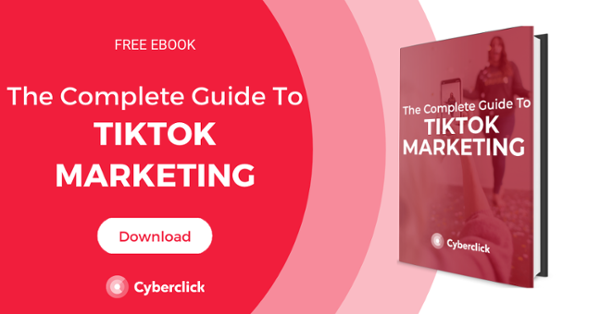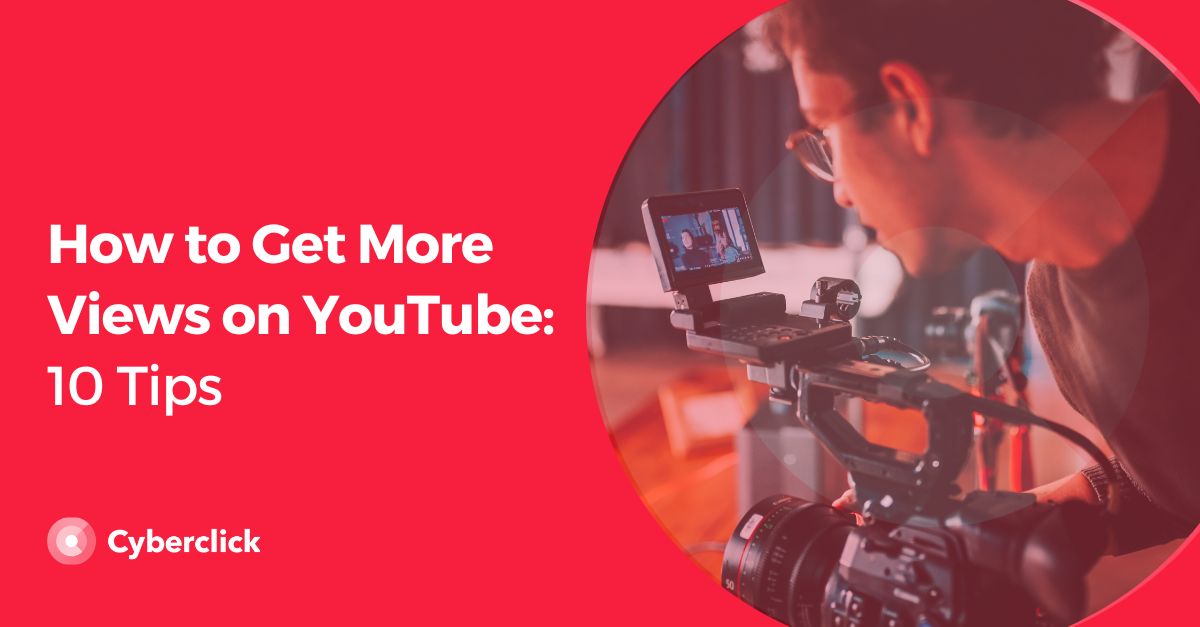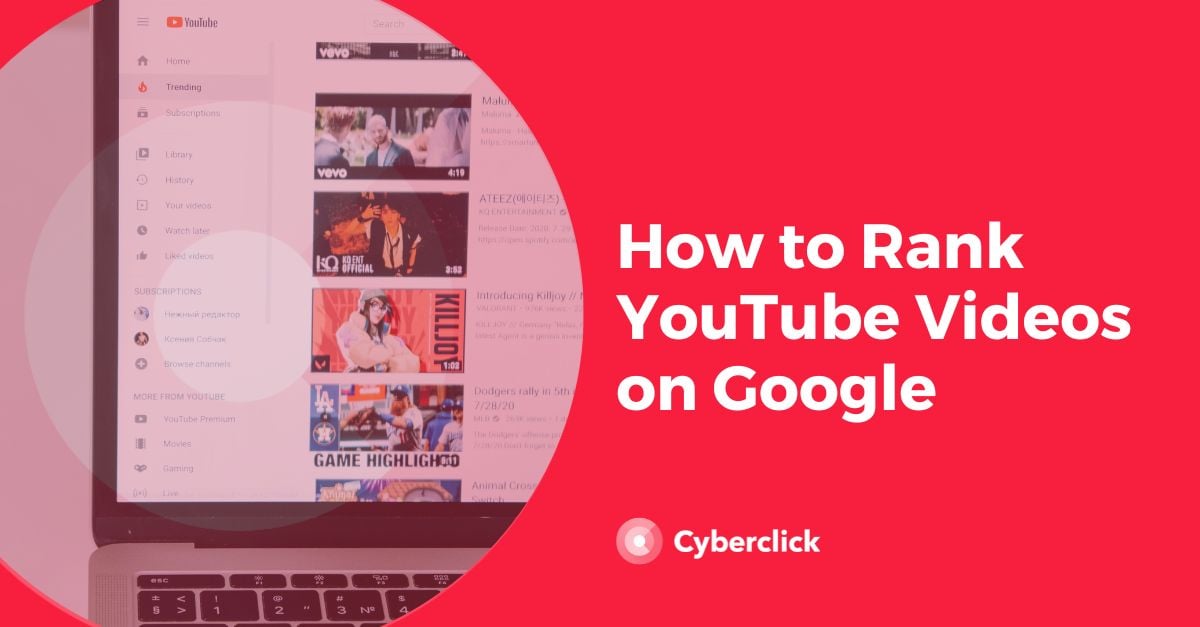In the ever-evolving world of digital marketing, one term remains constant: SEO. Whether it's for optimizing blog posts for Google or videos for YouTube, SEO forms the backbone of visibility and reach in the vast expanse of the internet. SEO, or Search Engine Optimization, involves the practice of augmenting your content so that it appears higher in search engine results, thereby increasing the visibility of your content and the traffic it gets.

What Is YouTube SEO?
YouTube SEO (Search Engine Optimization) is the process of optimizing your videos, playlists, and channel(s) so that they get discovered and ranked higher by YouTube's search algorithm. Much like SEO for websites, YouTube SEO involves various strategies, such as keyword research and optimization, creating engaging content, and improving viewer engagement metrics like watch time. These tactics ensure that your content is not only user-friendly but also favored by YouTube's algorithm.
Why YouTube SEO Is Important
With billions of searches per month, YouTube's vast user base presents a golden opportunity for visibility and growth. YouTube SEO is crucial as it allows your content to be found amidst the sea of videos. By optimizing your videos, you increase their likelihood of appearing in YouTube search results, recommended videos, and Google search results, leading to more views, subscribers, and ultimately, growth for your channel.
Keyword Research for YouTube SEO
One of the fundamental aspects of YouTube SEO is keyword research. This process involves identifying words and phrases that people use when searching for videos like yours. There are several strategies to do this:
-
Use YouTube's Search Suggest feature: By typing a word or phrase related to your content in the YouTube search bar, you'll see a list of suggested keywords that people often use.
-
Check out popular videos in your niche: You can see which keywords other successful videos in your niche are using in their titles, descriptions, and video tags.
-
Review your YouTube "Traffic Source: YouTube search" report: This report shows you all the keywords that YouTube users have searched for to find your videos.
-
After generating a list of potential keywords, the next step is to choose the best ones. Specifically, you want to target low-competition keywords that still have a decent search volume on Google. You can check the competition by looking at the "About results" number when you search for your keyword in Google. Additionally, optimizing your videos around keywords that already have video results in Google can lead to increased visibility, as your video may also rank on Google's search results page.
What Makes a YouTube Video SEO Friendly?
Making a YouTube video SEO friendly means optimizing various aspects of the video to make it easier for search engines to understand and rank.
Factors That Contribute to Making a Video SEO Friendly
Creating SEO-friendly videos goes beyond incorporating keywords. Here are some key factors that contribute to optimizing your videos for search.
-
Video title: The video title is a critical component of YouTube SEO. Include your primary keyword in the title, but ensure that it remains engaging and relevant to the actual content of your video. A compelling title will attract more viewers and increase the chances of your video being clicked on.
-
Description: The video description provides an opportunity to give YouTube's algorithm more context about your video. Include your keyword naturally in the description, but also provide a detailed summary of the video content. Be sure to include relevant information, such as timestamps, links, and additional resources, to enhance the user experience.
-
Tags: Utilize video tags to further optimize your content for search. Include your target keyword and variations of it as tags. This helps YouTube understand the content and context of your video, increasing its visibility in relevant search results.
-
Transcription: While YouTube can automatically transcribe your videos, manually entering a transcription ensures greater accuracy. Providing a transcription helps search engines understand the content of your video, making it more accessible to viewers. Additionally, it allows for closed captions, benefiting users with hearing impairments and those who prefer to watch videos without sound.
-
Engagement: YouTube values user engagement as a key ranking factor. Encourage viewers to engage with your videos by liking, commenting, and sharing. Responding to comments and fostering a sense of community can increase engagement and signal to YouTube that your content is valuable and worthy of higher rankings.
-
Watch time: YouTube prioritizes videos with longer watch times. Create engaging and valuable content that captivates viewers and keeps them watching. Longer watch times signal to YouTube that your content is valuable and relevant, increasing the likelihood of higher rankings in search results.
-
Video quality: Ensure your videos are of high quality in terms of both resolution and content. High-resolution videos with clear visuals and audio tend to rank better than low-quality ones. Additionally, deliver valuable and well-produced content that meets the needs and expectations of your target audience.
Conclusion
YouTube SEO is an essential strategy for channel growth, allowing your content to reach a wider audience in a sea of videos. It involves keyword research, optimizing video aspects like titles, descriptions, tags, transcriptions, and promoting viewer engagement and watch time. While it can seem complex initially, understanding these fundamentals can significantly improve your content's visibility. Despite being a strategic move, remember that YouTube SEO is about serving high-quality and relevant content that enhances user experience. By committing to this, you'll be well-positioned for success in YouTube's dynamic environment.

Video Content & Marketing Strategist. Experto en producción audiovisual y estrategias de contenido y análisis en YouTube.
Video Content & Marketing Strategist. Expert in audiovisual production and content and analysis strategies on YouTube.





Leave your comment and join the conversation